The American Military is an institution, which brings a great deal of pride to the country. American soldiers are revered with the appropriate respect, and the different rituals of the military allow for a regimented organization, which performs its duties both admirably, and to the best of their ability.
Multiple Military Factions
The United States has multiple factions of the military. The Army, Marine Corps, Navy, Air Force, Space Force, and Coast Guard are the different service branches, and are among the eight uniformed services of the United States.
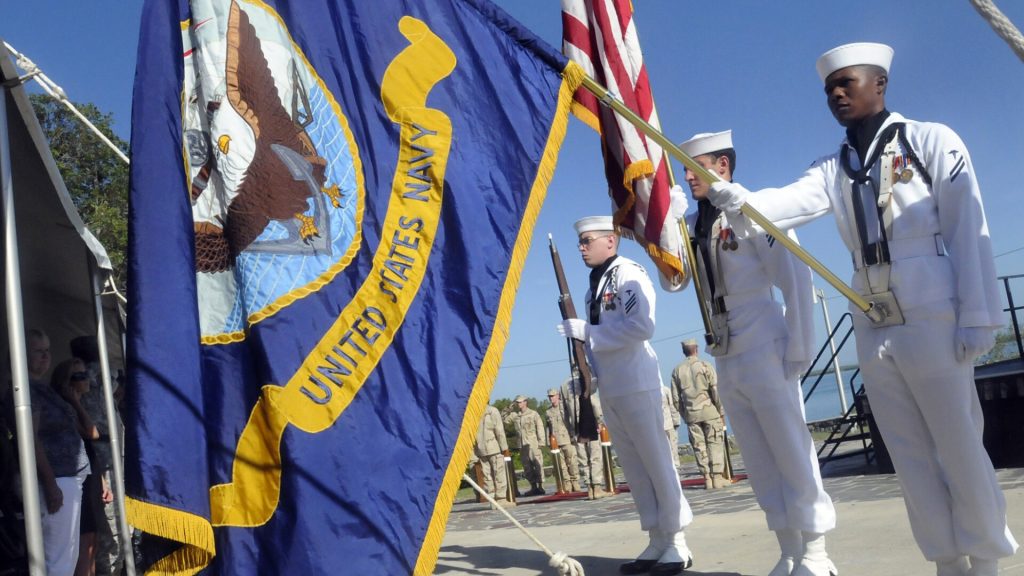
America has the highest levels of military spending in the world, with the United States military budget higher than the next ten countries’ spending combined. This spending allows for service members to be paid appropriately, though, and given the opportunities necessary to make a living for themselves in the service.
Older than the United States
The military is an institution that goes back to before the United States was a formal country. The first true use of an American military was, of course, the American Revolution, where average American citizens took to the battlefield in order to fight for their independence.

These early American battles are noted in history, not only for the success of the revolution, but for the success of these citizens in engaging with one of the most significant military forces of the time, and winning. The British army was a formidable opponent, and the Continental Army was formed in 1775 in order to combat it, and win.
Powers Granted by the Constitution
The Constitution, adopted in 1787, gave Congress the power to “raise and support armies,” to “provide and maintain a navy” and to “make rules for the government and regulation of the land and naval forces.”

The Constitution also gives Congress the power to declare war. The President of the United States is the commander in chief, and therefore has power to direct the military to do what needs to be done in order to protect the country.
About the Marine Corps
The Marine Corps, the maritime land force service branch of the United States, was first formed in 1798. It has been a part of the U.S. Department of the Navy since 1834, along with its sister service, the United States Navy.
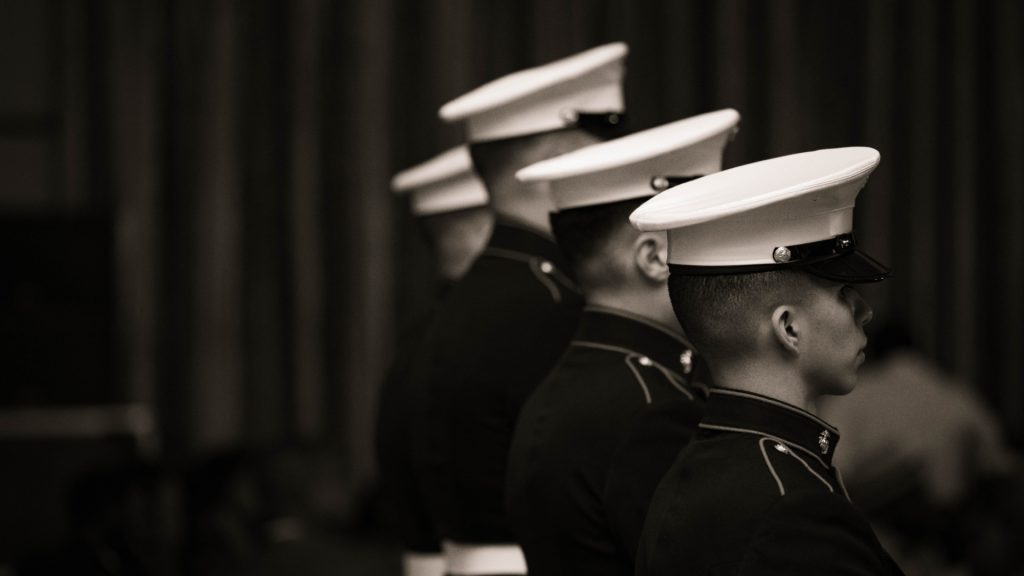
The Marine Corps operates installations on land as well as sea-going warfare ships around the world. It was originally formed when infantry troops, capable of fighting both at sea and on shore, created two battalions of Continental Marines in 1775 in Philadelphia. The Corps have been particularly influential in various wars since their formation, but none more important than WWII.
Women are an Important Part
The Marine Corps currently holds 175,000 active duty members, who work in various locations all over the world. Of those active duty members, 5% of them are women, with 93% of all occupational fields and 62% of all positions open for women to apply for and work in.

Women have been an important part of the United States military since the early days, with women performing important roles such as nursing and administration. Women even participated heavily in both world wars. However, women were not recognized as formal members of the Marine Corps until 1948.
The Lowest Percentage of Female Members
The lack of recognition of female service members didn’t make their roles any less important in the early days of the military, and the Marine Corps in particular. Despite this, the Marines have the lowest percentage of female service members of all American military branches.

Additionally, it wasn’t until 2016 that all military occupations were formally open to women, without exceptions. For almost 70 years before that, women were banned from applying for certain military occupational specialties, for no reason other than the fact that they were women and that was how it had always been done.
Changes to the Marine Corps
Recent years have seen the Marine Corps making significant changes to their organizational structure and policies in order to appeal more to both potential female recruits, and current female soldiers. For instance, in 2013, the ban on women serving in combat was lifted, overturning the 1994 rule that disallowed women from fighting on the field.
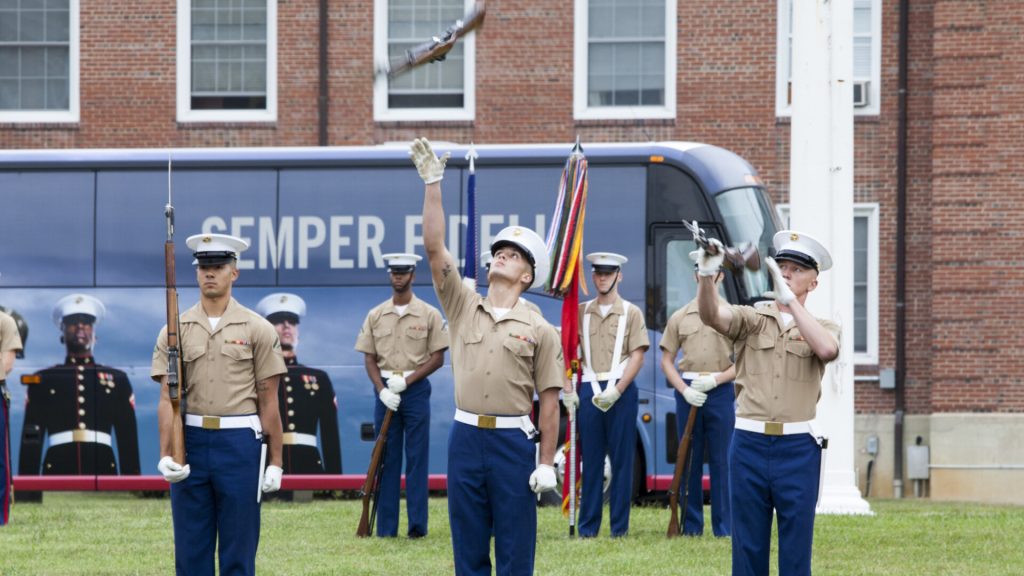
Other changes made in the military are smaller, but no less impactful. Earlier this week, the Marine Corps made an official change to their dress code for female service members, announcing that women in the Marines would no longer be required to wear pantyhose with their uniform skirt.
Strict Uniform Requirements
Service members in all branches of the military are subject to fairly strict uniform requirements, and the Marine Corps is no exception to that rule. Women are required to wear specific types of jackets and shirts as a part of their uniform, and then a skirt or pants on the bottom with their regulation shoes.

Until the announcement that was released this week, though, women were required to wear hosiery with their skirts. The pantyhose could be flesh-toned or dark, depending on if the service member was wearing them with their standard skirt or dress blues, but it was a required part of the uniform.
An Immediate Change
That requirement has formally, and immediately changed, though, with a statement that was released by the Marine Corps. “Effective immediately, the wear of hosiery with skirts is optional.” They added that the former regulations regarding coloring of hosiery was still in effect, should it be worn by the service member, though.
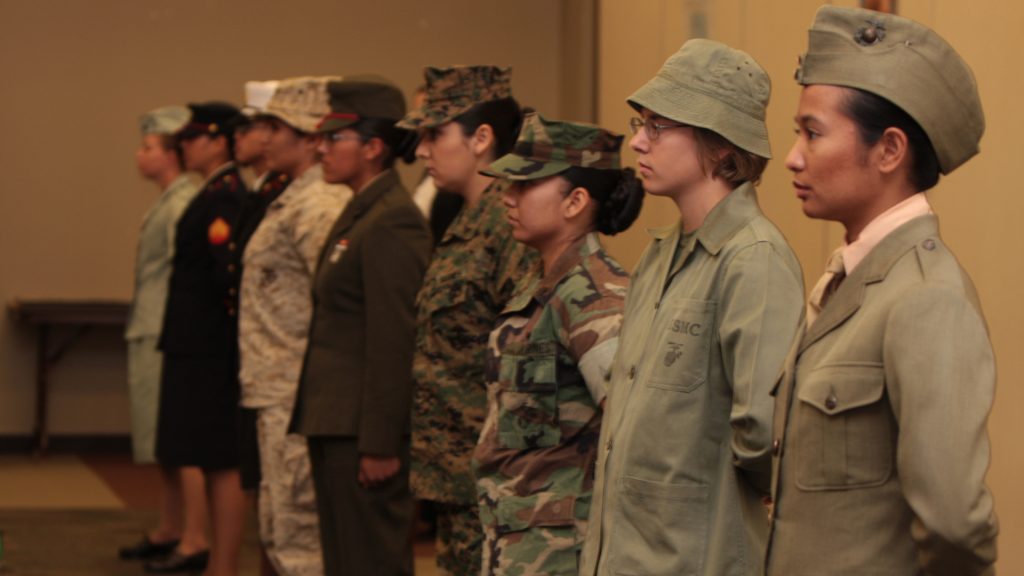
This policy was changed due to a 2021 initiative, called the Marine Corps’ Talent Management initiative. This initiative was meant to improve retention and job satisfaction in the Marine Corps, and has engaged in multiple efforts in pursuit of that goal.
The Latest Change to Improve Service
The change in uniform requirements for female service members is merely the latest step in attempting to reduce attrition and improve job satisfaction for female Marine Corps officers.

In a statement made, Maj. Joshua Larson, a spokesperson for the Office of the Commandant of the Marine Corps, also said that the requirement was changed because it didn’t pass a “common sense” test.
A Statement from the Corps
“As part of the Marine Corps’ Talent Management initiative that began in 2021, then Assistant Commandant Gen. Eric M. Smith, who was the Talent Management officer for the Marine Corps, provided guidance to assess current Marine Corps policies to determine if any policies were either outdated or didn’t pass a ‘common sense’ test,” Larson explained.

He finished, “Within the spirit of common sense, our Uniform Board recommended a change to the policy that required women to wear hosiery with skirts. Hosiery is now optional. The Marine Corps prioritizes its people above all things. Our leaders know, at an instinctual level, that we have a sacred and personal responsibility to lead, mentor, and care for our Marines.”
Following Other Branches
The change to uniform follows decisions made by several other United States service factions. The Navy changed its policy to make hosiery optional for female members in 2022, and the Air Force removed the requirement the year before, in 2021.
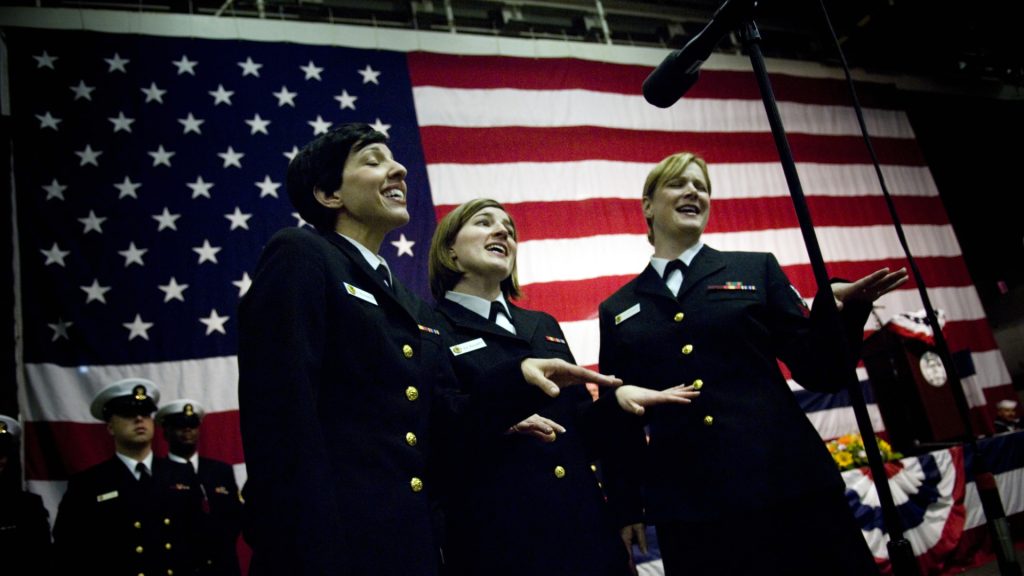
This is the first major change that has been made to female uniforms since they were first allowed to formally sign up for the service in 1948. It speaks to the commitment of the United States military to serving all of their members equally, as well as the commitment of creating a well-structured and devoted military for the benefit of the United States.
Further Policy Changes Ahead?
There are some female service members who have stated that they’ll continue to wear pantyhose with their regulation uniform in the wake of this announcement, but the general attitude towards the change has been a positive one.
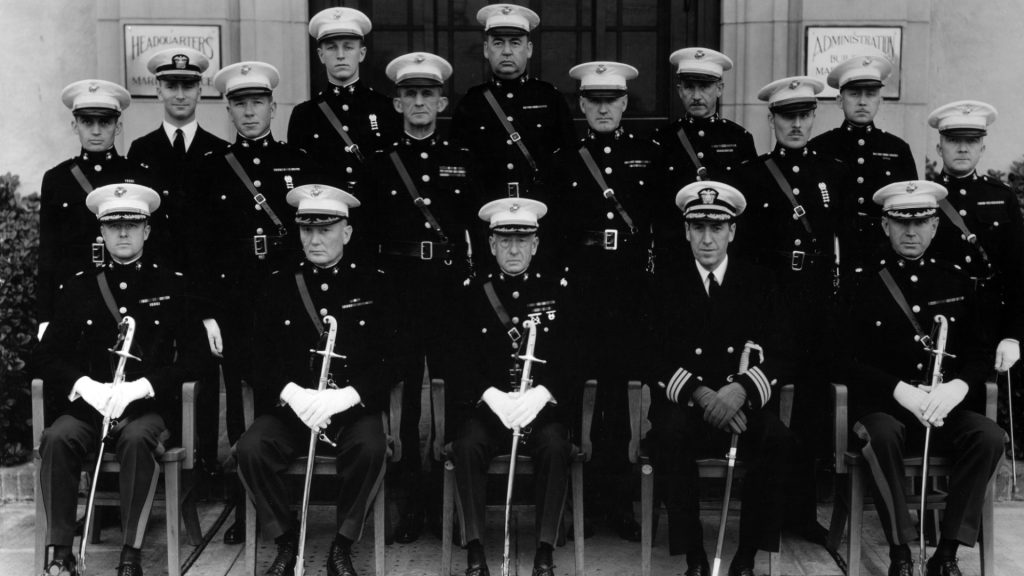
The adjustment to the uniform is only a small piece of evidence showing how devoted the service is to the members who make it possible. Going forward, it’s clear that the Marines are dedicated to updating their policies and procedures to continue moving forward with the 21st century, and both female service members and the American public will benefit deeply from it.






